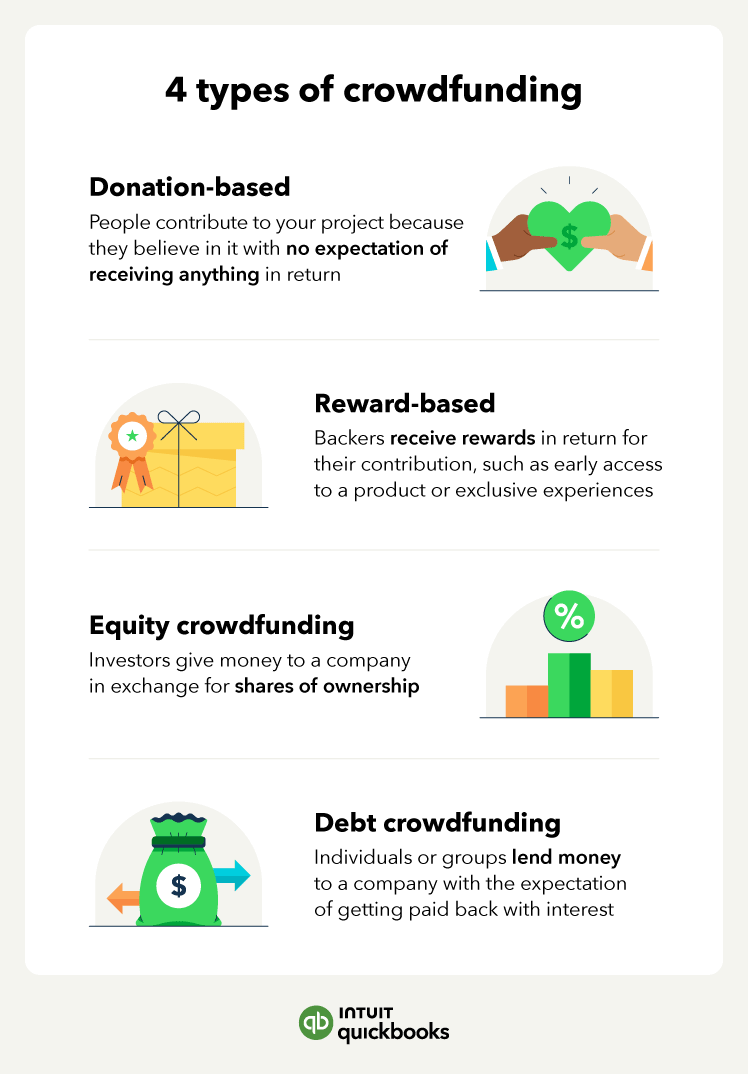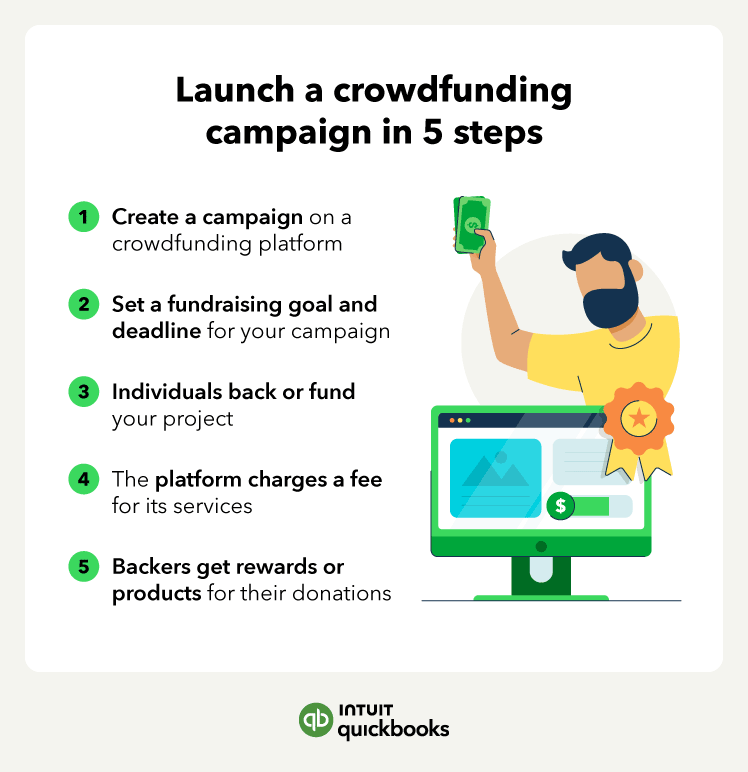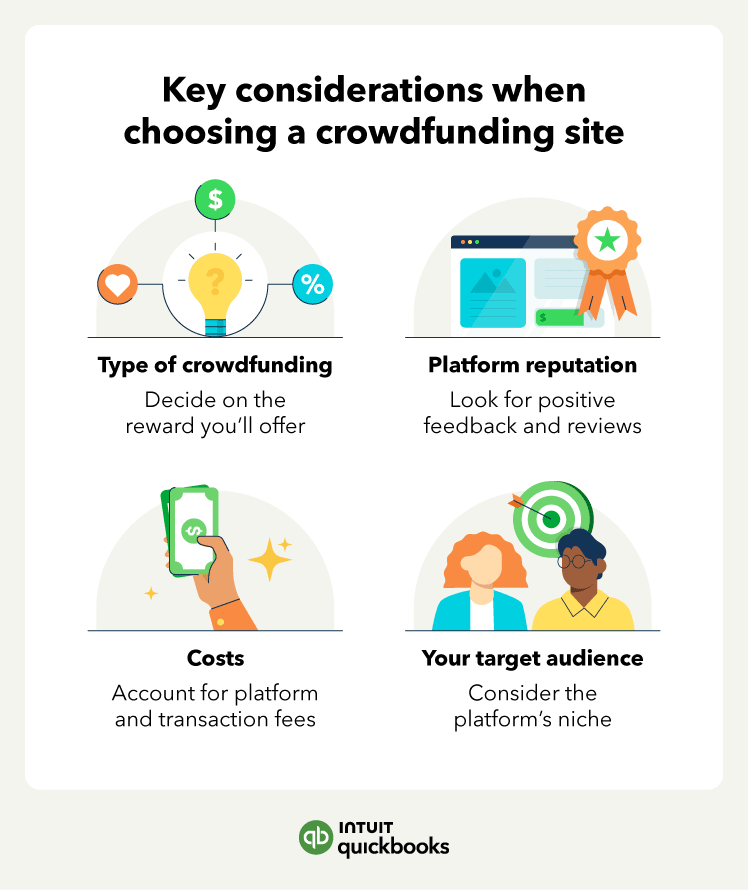Tips for hitting your crowdsourcing goal
Creating your crowdfunding campaign seems fairly straightforward—figuring out how to inspire people to donate is the challenging part. However, 9% of Kickstarter campaigns end without receiving a single pledge. Luckily, there are a few strategies you can use to blow your fundraising goal out of the water.
Prioritize transparency
For people to feel comfortable donating to your campaign, they want to know exactly where their money will go. Avoid talking in generalities.
You need to be able to explicitly answer questions like:
- What does your business do?
- How much money do you need?
- What will you use the money for?
It’s not enough to say, “I need $5,000 to start my business.” Be as specific as possible. Something like, “I need $5,000 to purchase a kiln and a pottery wheel to launch my custom pottery studio in Durham, North Carolina,” is far more detailed and forthright. This kind of detail can instill greater trust in your supporters and backers.
Tell your story
Honesty and transparency don’t have to be boring. You want to give funders the information they need to decide whether or not they want to donate to your campaign. This is also your chance to appeal to emotions and share how you’re building your brand.
Get creative and find a unique angle you can share about your business. People will connect with that far more than straight answers and figures alone. Your business has a story that’s worth telling, but it’s up to you to find it and share it compellingly and engagingly.














 Your fundraising deadline is another area where there isn’t a set formula. 30 days can be an ideal duration for your campaign. It’s short enough to keep people interested but long enough that you have some room to hit your goal.
Your fundraising deadline is another area where there isn’t a set formula. 30 days can be an ideal duration for your campaign. It’s short enough to keep people interested but long enough that you have some room to hit your goal.
 Some crowdfunding sites use a fixed funding model, which means you’ll need to meet your funding goal to keep the donations. Others offer flexible funding and allow you to cash out whatever money you raise
Some crowdfunding sites use a fixed funding model, which means you’ll need to meet your funding goal to keep the donations. Others offer flexible funding and allow you to cash out whatever money you raise





